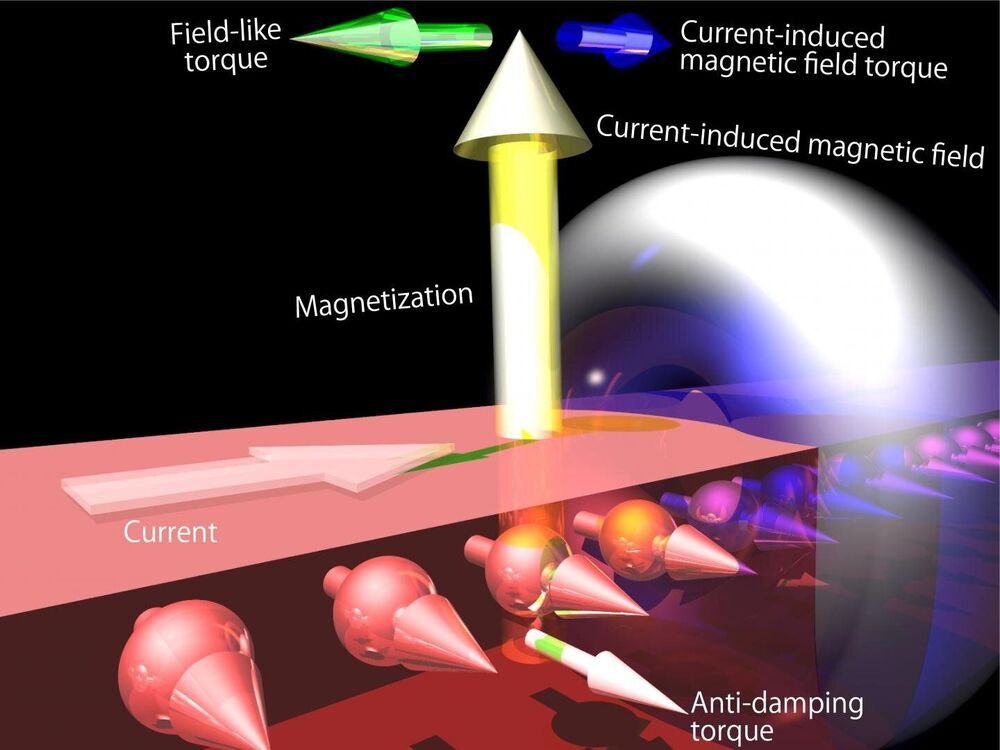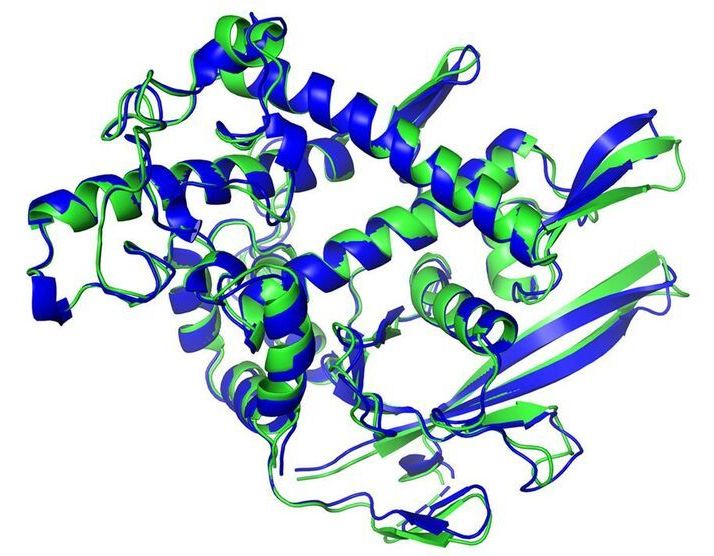Page 6801
Dec 1, 2020
In an Unexpected Twist It Turns Out Alligators Can Regrow Their Tails Too
Posted by Raphael Ramos in category: futurism
Well… it seems we can still be surprised. 😃
Cornered by a dangerous predator, a gecko can self-amputate its still twitching tail, creating a fleeting moment of distraction — a chance for the lizard to flee with its life.
Small reptiles such as geckos and skinks are well known for this remarkable ability to sacrifice and then rapidly regrow their tails. Now, to scientists’ surprise, it turns out that much larger alligators can regrow theirs too. But only while they’re young.
Continue reading “In an Unexpected Twist It Turns Out Alligators Can Regrow Their Tails Too” »
Dec 1, 2020
Exponential Wisdom Episode 94: When the Hospital Comes To You
Posted by John Davies in categories: biotech/medical, wearables

Peter and Dan discuss transformations in healthcare as a result of the pandemic and consequent stay-at-home orders. Peter envisions a future wherein people don’t go to the hospital when they get sick, but instead have a hospital at their fingertips thanks to sensors, wearables, and an abundance of personalized medical data.
To hear past episodes: http://podcast.diamandis.com or Subscribe on Apple Podcasts: https://podcasts.apple.com/us/podcast/exponential-wisdom/id1001794471
Subscribe on Spotify: https://open.spotify.com/show/4kndtSutHbCBQNaDmdV1fU
Dec 1, 2020
Camel Fur-Inspired Aerogel Cooling Material Uses No Electricity
Posted by Raphael Ramos in category: materials
MIT scientists developed a camel-fur-inspired material that could keep items cool in hot regions without using electricity.
Dec 1, 2020
Lower current leads to highly efficient memory
Posted by Saúl Morales Rodriguéz in categories: computing, particle physics, quantum physics
Researchers are a step closer to realizing a new kind of memory that works according to the principles of spintronics which is analogous to, but different from, electronics. Their unique gallium arsenide-based ferromagnetic semiconductor can act as memory by quickly switching its magnetic state in the presence of an induced current at low power. Previously, such current-induced magnetization switching was unstable and drew a lot of power, but this new material both suppresses the instability and lowers the power consumption too.
The field of quantum computing often gets covered in the technical press; however, another emerging field along similar lines tends to get overlooked, and that is spintronics. In a nutshell, spintronic devices could replace some electronic devices and offer greater performance at far low power levels. Electronic devices use the motion of electrons for power and communication. Whereas spintronic devices use a transferable property of stationary electrons, their angular momentum, or spin. It’s a bit like having a line of people pass on a message from one to the other rather than have the person at one end run to the other. Spintronics reduces the effort needed to perform computational or memory functions.
Spintronic-based memory devices are likely to become common as they have a useful feature in that they are nonvolatile, meaning that once they are in a certain state, they maintain that state even without power. Conventional computer memory, such as DRAM and SRAM made of ordinary semiconductors, loses its state when it’s powered off. At the core of experimental spintronic memory devices are magnetic materials that can be magnetized in opposite directions to represent the familiar binary states of 1 or 0, and this switching of states can occur very, very quickly. However, there has been a long and arduous search for the best materials for this job, as magnetizing spintronic materials are no simple matter.
Dec 1, 2020
A strategy to transform the structure of metal-organic framework electrocatalysts
Posted by Saúl Morales Rodriguéz in categories: chemistry, energy
The oxygen evolution reaction (OER) is a chemical process that leads to the generation of molecular oxygen. This reaction is of key importance for the development of clean energy technologies, including water electrolyzers, regenerative fuel cells and rechargeable metal-air batteries.
The extent to which this reaction occurs has so far been limited in many materials, which has restricted the conversion efficiency of some types of energy technologies. Materials scientists have thus been trying to identify alternative materials, including metals, metal oxides and hydroxides, that could be used as electrocatalysts to fuel this reaction. The materials identified so far, however, are far from ideal for large-scale implementation, as they are either not particularly resistant or too expensive.
A class of materials widely investigated as possible electrocatalysts for the OER are metal-organic frameworks (MOFs), hybrid and crystalline compounds that consist of a regular array of positively charged metal ions surrounded by organic molecules. While these materials have promising catalytic properties, scientists have yet to identify optimal strategies to enhance their performance.
Dec 1, 2020
We’ve mapped a million previously undiscovered galaxies beyond the Milky Way. Take the virtual tour here
Posted by Genevieve Klien in category: space
Researchers have spotted millions of galaxies in the most detailed radio survey of the southern sky ever conducted. It has smashed previous records for survey speed.
Automated program repair for python.
GitHub is where people build software. More than 50 million people use GitHub to discover, fork, and contribute to over 100 million projects.
Nov 30, 2020
International lawyers draft plan to criminalise ecosystem destruction
Posted by Quinn Sena in categories: law, sustainability
Plan to draw up legal definition of ‘ecocide’ attracts support from European countries and small island nations.
Nov 30, 2020
‘The game has changed.’ AI triumphs at solving protein structures
Posted by Derick Lee in categories: biological, biotech/medical, health, robotics/AI
Artificial intelligence (AI) has solved one of biology’s grand challenges: predicting how proteins curl up from a linear chain of amino acids into 3D shapes that allow them to carry out life’s tasks. Today, leading structural biologists and organizers of a biennial protein-folding competition announced the achievement by researchers at DeepMind, a U.K.-based AI company. They say the DeepMind method will have far-reaching effects, among them dramatically speeding the creation of new medications.

















